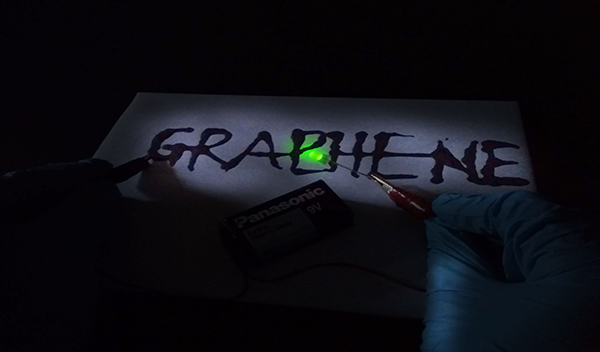Green Synthesis of Graphene with Scalable Preparation from Waste Cooking Palm Oil Sensing Membrane
 |
Graphene is an exciting material composed of sp2 bonded carbon atoms in which the carbon atoms are arranged in a single layer, creating honeycomb patterns [1]. It has attracted great interest due to its excellent properties such as large surface, ultimate high charge-carrier mobility, ballistic transport, flexible and transparent [2]. In recent years, graphene is undoubtedly emerging as a prime candidate for carbon-based electronic such as an optical device, chemical sensor, humidity sensor, energy storage and others [3]. Palm oil, referring to the oil extracted from the fruits of the palm tree [4]. Meanwhile, the term “waste cooking palm oil” (WCPO) refers to vegetable oil which has recycled in frying food and no longer viable for its intended use [5]. In order to overcome the utilization of non-renewable and toxicity, carbon species such as methane, acetylene, benzene, xylene, toluene, [6], waste cooking palm oil used as the carbon source in order to prepare graphene using double thermal chemical vapour deposition method. |
| Nowadays, graphene grows to be new types of materials for the manufacturing of sensors [9]. Consequently, graphene from waste cooking palm oil for manufacture sensing membrane such as humidity sensor is compulsory due to low cost, environmentally friendly production, and more demanding in the industry. | |
